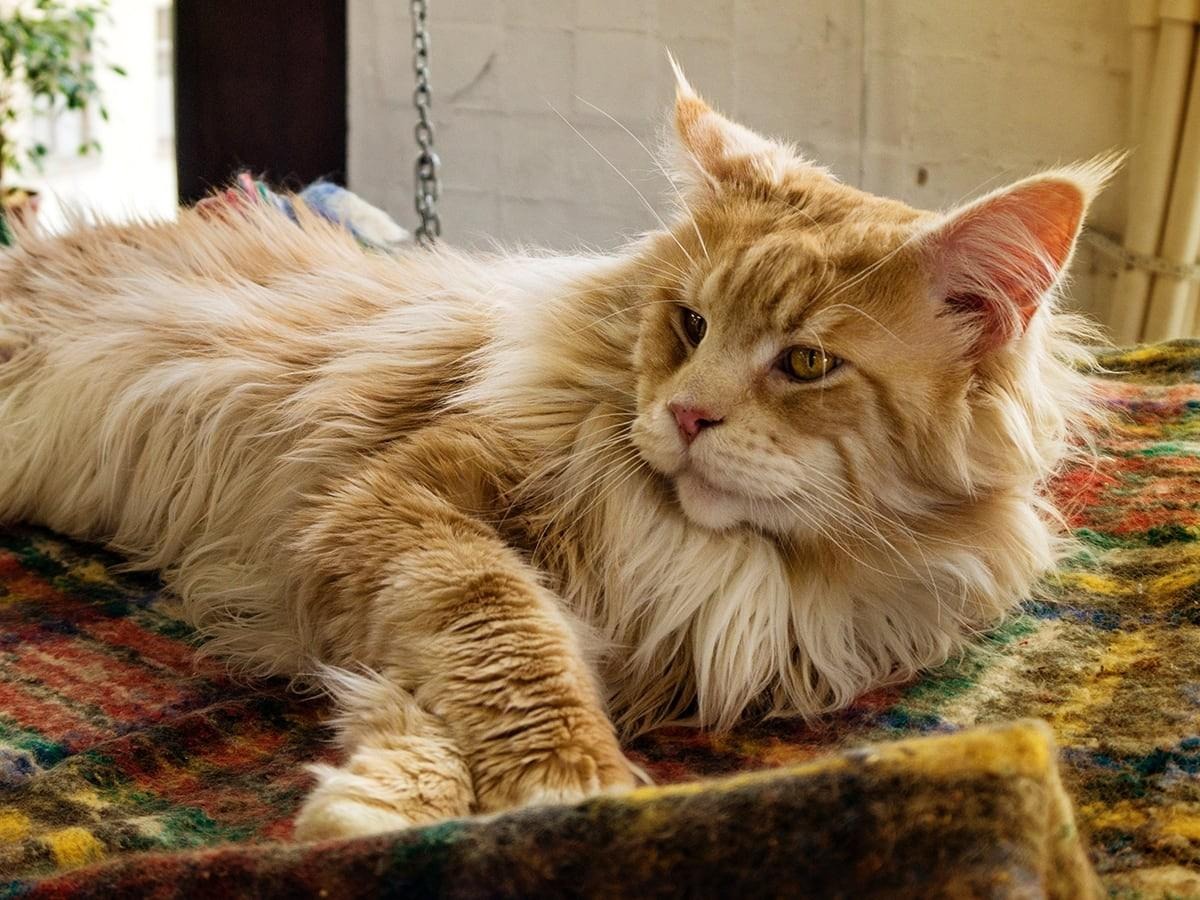Introduction: Why an Attachment Theory Specialist Matters
At Hearts & Minds Development, we deeply believe that understanding the patterns behind how we connect, love, and communicate can unlock a profound transformation in our lives. An attachment theory specialist offers exactly that—a professional lens into why we relate to others the way we do and how to break free from patterns that keep us stuck. Drawing from years of research and therapeutic practice, attachment theory provides a framework that explains how early bonds shape adult relationships, self-esteem, and emotional regulation. In this article, we explore four remarkable insights from an attachment theory specialist that can help you heal, grow, and build relationships rooted in trust and authenticity.
Understanding Your Attachment Style: The Foundation of Self-Awareness
The Four Primary Attachment Styles
A core insight shared by any attachment theory specialist is the existence of four primary attachment styles: secure, anxious, avoidant, and fearful-avoidant (also known as disorganized). Each style reflects patterns developed in childhood based on how caregivers responded to our emotional needs.
-
Secure attachment: Characterized by comfort with intimacy and independence.
-
Anxious attachment: Marked by a fear of abandonment and high sensitivity to relationship dynamics.
-
Avoidant attachment: Defined by discomfort with closeness and a preference for self-reliance.
-
Fearful-avoidant attachment: A mix of anxiety and avoidance, often linked to unresolved trauma.
Why This Matters
By working with an attachment theory specialist, you can identify your style and understand how it manifests in your daily life. This awareness is the first step toward making conscious, healthier choices in your relationships.
Healing Childhood Wounds to Transform Adult Relationships
Breaking Generational Patterns
An attachment theory specialist helps uncover how unresolved childhood wounds continue to influence adult life. These wounds might stem from inconsistent caregiving, neglect, or traumatic experiences that taught you to fear closeness or expect rejection.
For instance, someone with an anxious attachment style might cling to partners due to a deep fear of abandonment rooted in childhood. Conversely, someone with an avoidant style might distance themselves emotionally to avoid potential hurt.
The Power of Inner Work
The healing process often involves therapeutic techniques such as inner child work, mindfulness, and somatic practices. An attachment theory specialist guides clients to safely revisit past experiences, reprocess emotions, and replace self-limiting beliefs with healthier narratives. Over time, this journey can transform your relationships—from fear-based connections to ones built on trust and authenticity.
The Role of Self-Compassion in Changing Attachment Patterns
Understanding Compassionate Reparenting
One of the most transformative insights an attachment theory specialist offers is the concept of compassionate reparenting—learning to meet your own emotional needs that were unmet in childhood. This means treating yourself with kindness, patience, and acceptance, rather than criticism.
Rewiring the Brain
Neuroscience shows that self-compassion practices can rewire the brain’s neural pathways, helping to soothe the nervous system and reduce emotional reactivity. This shift supports a move toward secure attachment, allowing you to feel safer both in solitude and connection.
By embracing self-compassion, individuals learn to navigate triggers without falling into old patterns, creating space for healthier, more balanced relationships.
Cultivating Secure Relationships Through Conscious Communication
From Reaction to Response
An attachment theory specialist emphasizes that healthy relationships thrive on conscious communication. Rather than reacting defensively or withdrawing, conscious communication involves pausing, reflecting, and expressing feelings and needs clearly.
For example, instead of saying, “You never listen to me!” you might say, “I feel hurt when I don’t feel heard. Could we talk about it?” This shift transforms conflict into connection.
Building Emotional Safety
Secure relationships aren’t free from conflict—they’re built on emotional safety, where both partners feel seen, heard, and valued. With guidance from an attachment theory specialist, individuals and couples can practice active listening, empathy, and vulnerability, laying the foundation for intimacy that endures.
Frequently Asked Questions
Q1: What does an attachment theory specialist do?
An attachment theory specialist helps clients identify their attachment style, understand how early experiences shape current relationships, and guides them in developing healthier relational patterns through therapy and coaching.
Q2: Can working with an attachment theory specialist help heal trauma?
Yes. By addressing the root causes of insecure attachment, an attachment theory specialist supports clients in processing unresolved trauma, building self-compassion, and moving toward secure attachment.
Q3: How long does it take to change attachment patterns?
The timeline varies. Some individuals notice meaningful changes within months, while others may engage in ongoing work over years. Lasting change depends on commitment, the depth of past wounds, and consistent therapeutic support.
Conclusion: Embrace Transformation with an Attachment Theory Specialist
At Hearts & Minds Development, we believe real healing begins with self-awareness and compassion. Working with an attachment theory specialist provides the tools to break free from limiting beliefs, heal childhood wounds, and build secure, fulfilling relationships. Whether you’re struggling with anxiety in relationships, emotional distancing, or repeating painful patterns, guidance from an attachment theory specialist can be the catalyst for profound personal growth.
Start your journey today—because every step toward understanding your attachment style is a step toward deeper love, resilience, and connection. Click here to return to the homepage and unlock more content.











Leave a Reply